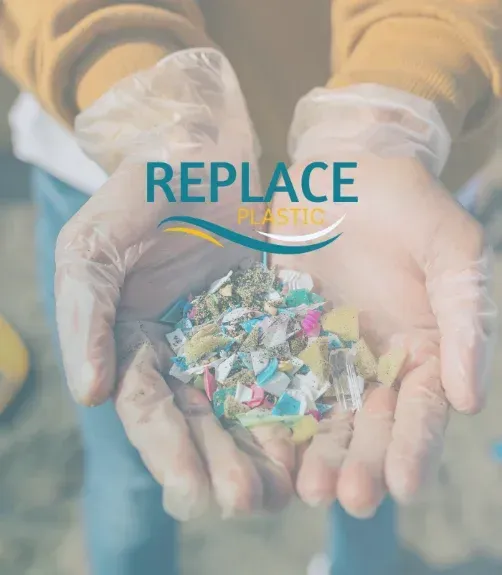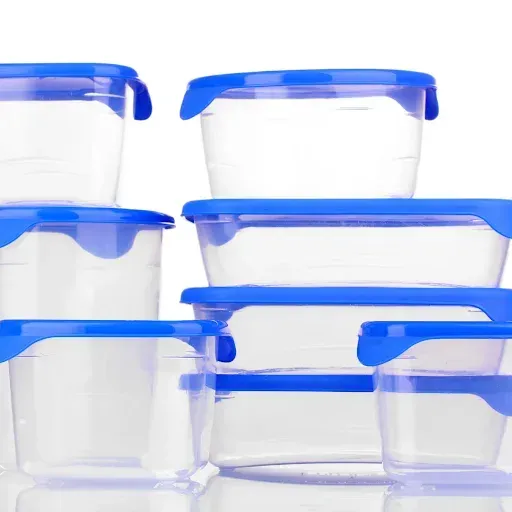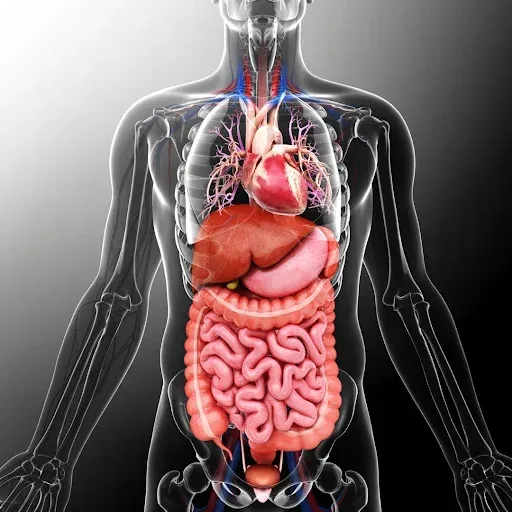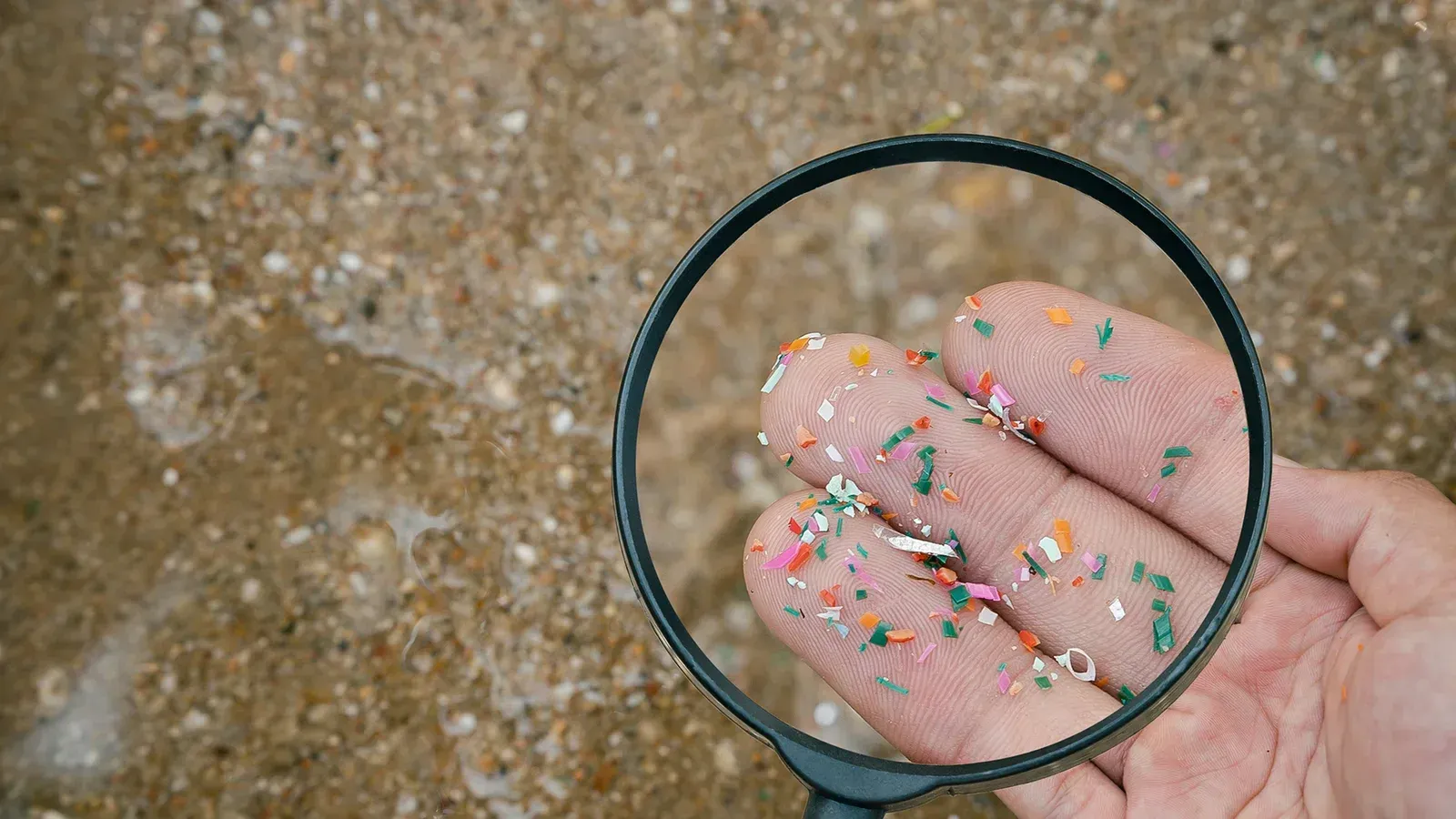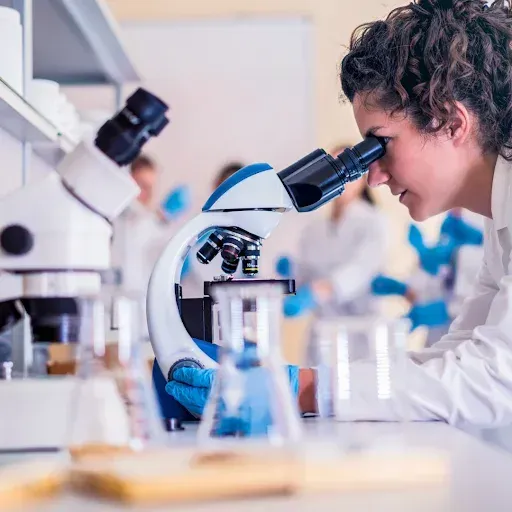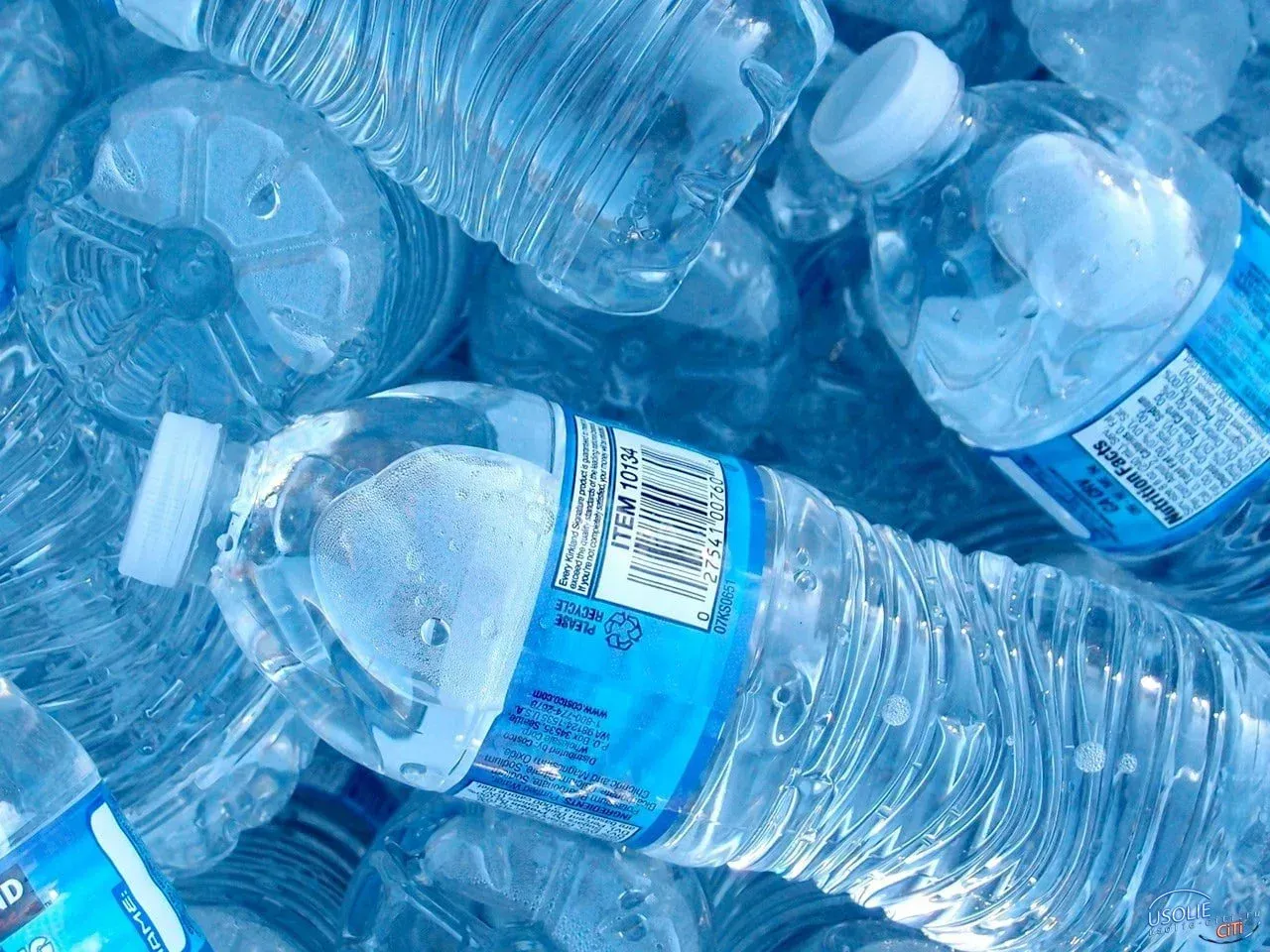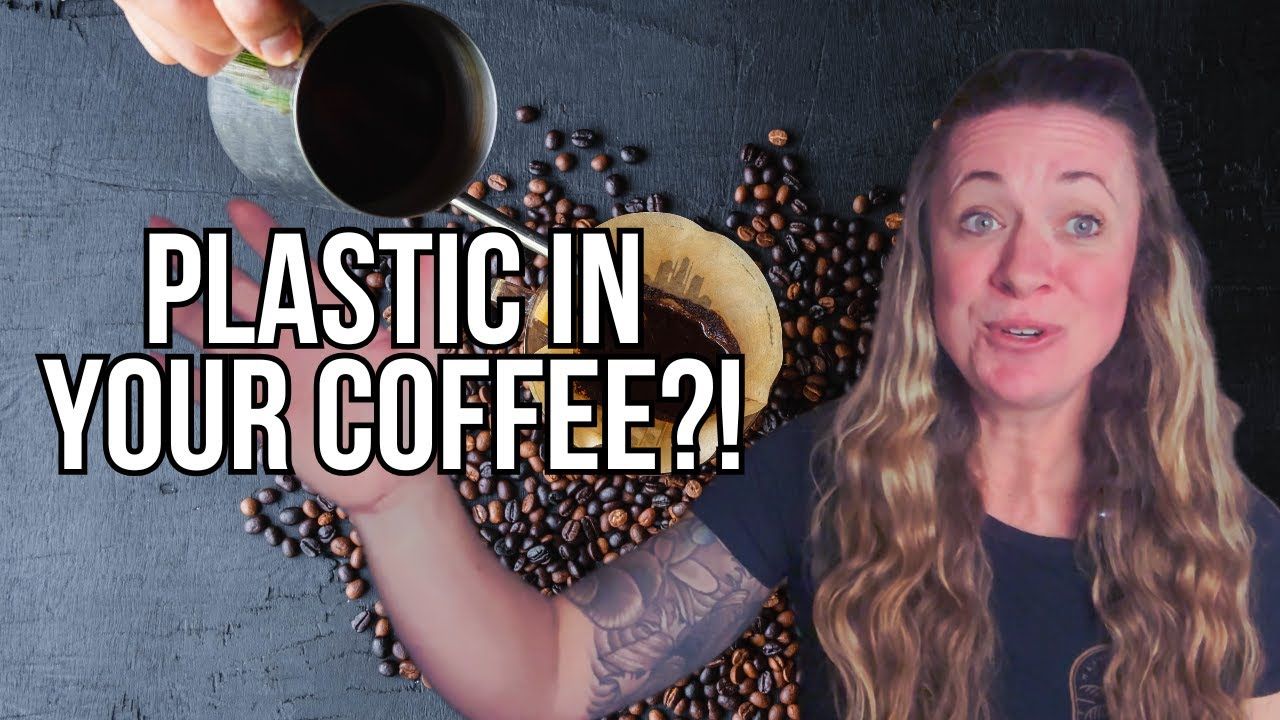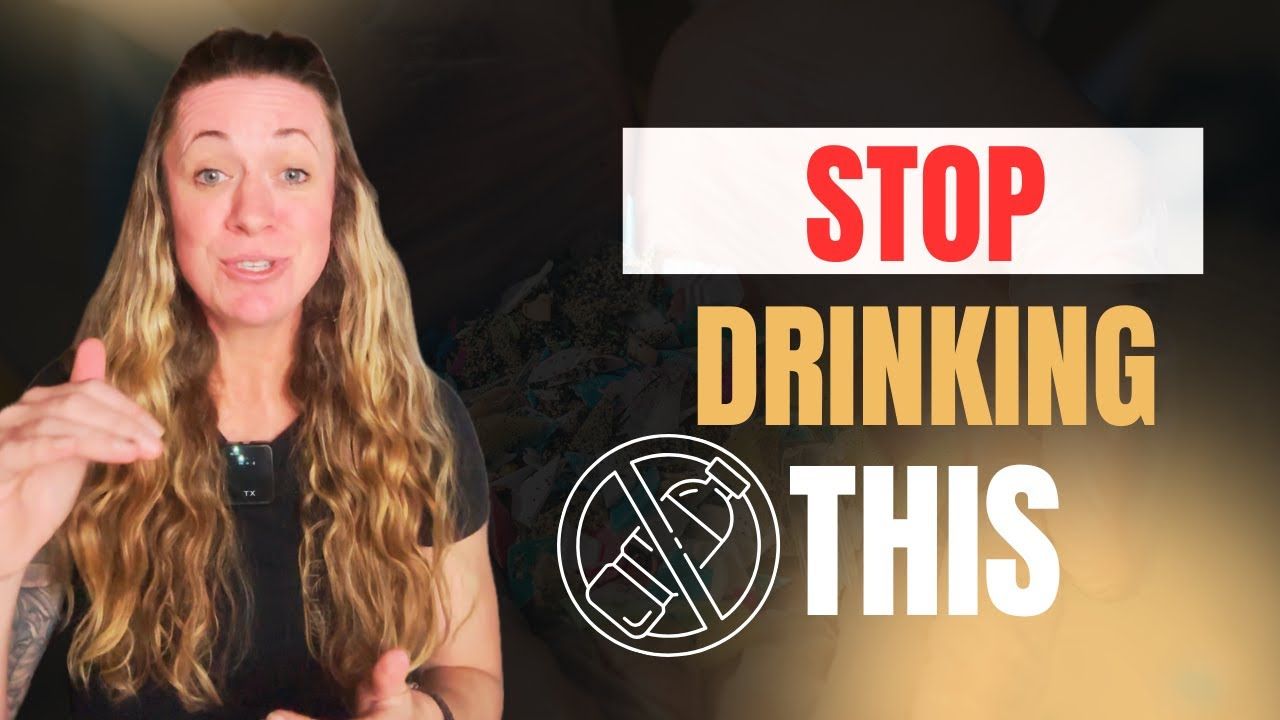Microplastic Pollution: How It Affects Our Health & How to Reduce Exposure
Microplastics are everywhere—in our oceans, drinking water, food, air, and even inside our bodies. Studies have found plastic particles in bottled water, seafood, salt, honey, and even the human bloodstream. The growing crisis of microplastic pollution raises serious concerns about its effects on human health, wildlife, and ecosystems.
So, how do microplastics get into our environment, and more importantly, how can we reduce microplastic exposure? This guide breaks down the sources, health risks, and practical solutions for minimizing plastic contamination in your daily life.
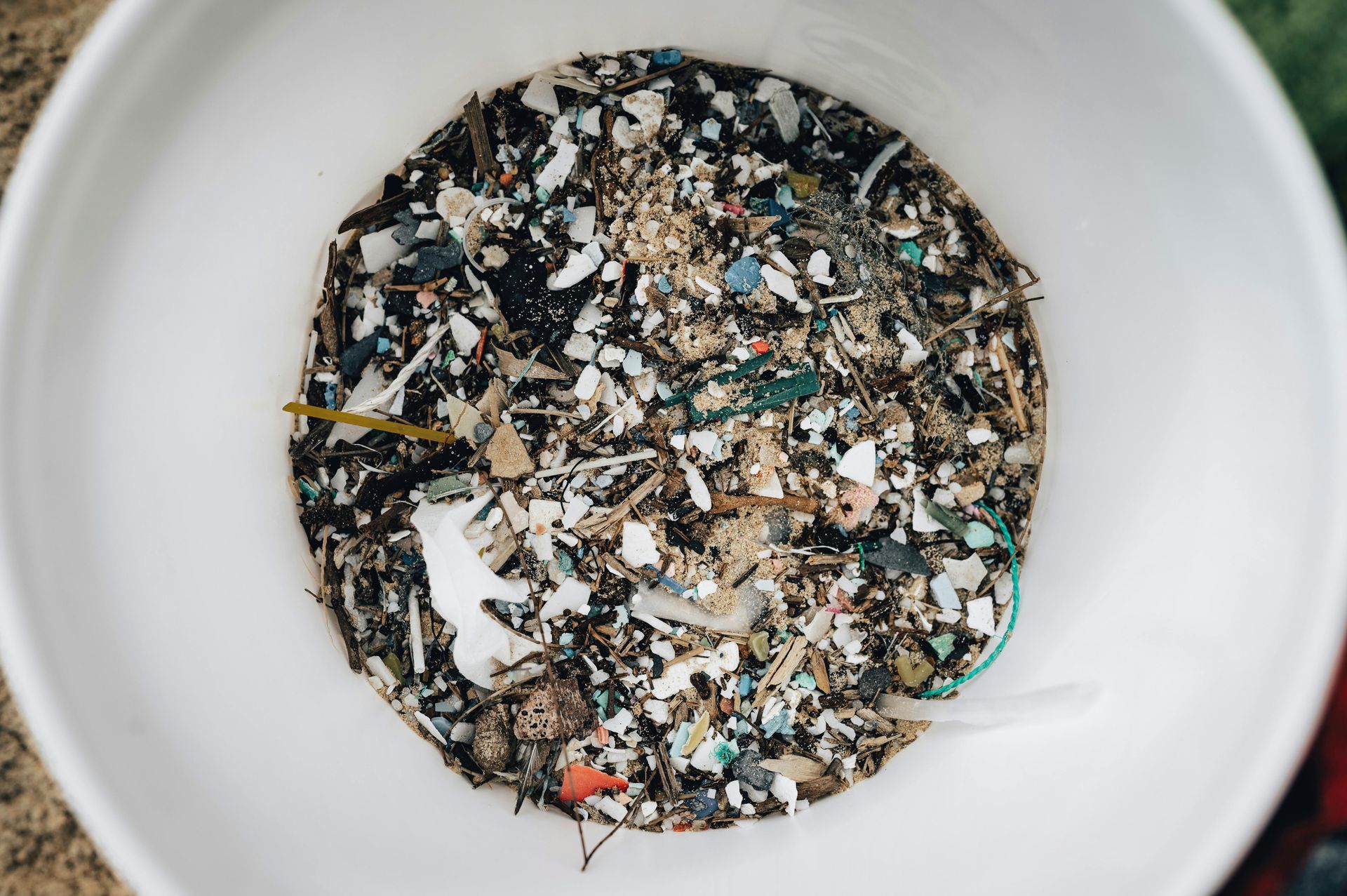
What Are Microplastics?
Microplastics are tiny plastic particles measuring less than 5 millimeters in size—smaller than a sesame seed. These particles come from two main sources:
- Primary Microplastics – Intentionally manufactured for products like cosmetics, detergents, and industrial cleaners. Some face scrubs and toothpastes still contain microbeads despite bans in several countries.
- Secondary Microplastics – Formed when larger plastic waste breaks down due to UV exposure, ocean currents, and natural weathering. These include plastic fibers from clothing, tire dust, and microplastics from food packaging and plastic containers.
How Do Microplastics Get into Our Bodies?
Microplastics infiltrate our daily lives in ways we don’t always see or think about. Here’s how:
- Microplastics in Drinking Water – Studies show that tap water and bottled water contain microplastics, with bottled water often having higher levels of contamination.
- Microplastics in Seafood – Fish and shellfish ingest microplastics from polluted oceans and rivers. These plastic particles accumulate in their tissues—which we end up eating.
- Microplastics in Food & Packaging – Plastic food containers, tea bags, salt, honey, beer, and even baby food have tested positive for microplastic contamination.
- Microplastics in the Air – Plastic fibers shed from synthetic clothing and everyday household dust, leading to inhalation of plastic particles.
- Microplastics in Cosmetics & Skincare – Some personal care products still contain microplastics, especially in liquid foundations, sunscreens, and exfoliating cleansers.
Health Risks of Microplastic Exposure
The effects of microplastics on human health are still being researched, but early studies suggest alarming concerns:
- ⚠️ Endocrine Disruption – Microplastics can carry hormone-disrupting chemicals like BPA and phthalates, which are linked to reproductive issues, thyroid disorders, and metabolic diseases.
- ⚠️ Microplastics and Gut Health – Research suggests that plastic particles may alter gut bacteria, potentially leading to inflammation and digestive disorders.
- ⚠️ Microplastics in Human Organs – Studies have detected microplastics in the lungs, liver, placenta, and even brain tissue. Scientists are investigating whether these particles contribute to neurotoxicity or long-term health effects.
- ⚠️ Microplastics and Cancer Risk – While more research is needed, scientists are exploring whether long-term microplastic exposure contributes to cellular damage and increased cancer risk.
How to Reduce Microplastics in Daily Life
While we can’t completely eliminate microplastic pollution, we can take steps to reduce our exposure.
1. Filter Your Drinking Water
Microplastics have been found in both tap and bottled water, but a high-quality water filter can help remove them.
✅ Reverse osmosis filters – Highly effective at removing plastic particles.
✅ Activated carbon filters – Helps reduce contaminants but may not eliminate microplastics completely.
✅ Stainless steel or glass water bottles – Avoid plastic bottles that leach chemicals into your water.
2. Choose Reusable Over Plastic Water Bottles
Plastic containers release microplastics when heated, scratched, or worn down. Swap them for :
3. Skip Paper Cups
Many paper cups are lined with plastic to withstand heat. Instead, bring your own mug to your favorite coffee shop or ask for a ceramic cup if you’re staying in. Some great options include:
4. Use a Guppyfriend Bag:
When washing synthetic clothes, try a Guppyfriend Washing Bag to trap microplastic fibers and keep them out of wastewater.
5. Go Natural with Fabrics:
Natural fibers like cotton, wool, or linen don’t shed microplastics when washed and are a more eco-friendly option.
6. Avoid Plastic Containers for Food
Avoid Plastic Containers for Food: Glass containers are a great way to reduce microplastic exposure, especially when heating food. Try these:
The Bottom Line: Microplastics Are A Big Problem
Microplastics may be small, but their impact is huge. They’re infiltrating ecosystems, contaminating the food chain, and potentially affecting our health. While we can’t eliminate microplastics completely, understanding where they come from and making mindful changes can help protect both our planet and our health.
Be sure to check out more of our Replace Plastic Top 100 Picks and articles to learn how you can protect yourself and your family.
